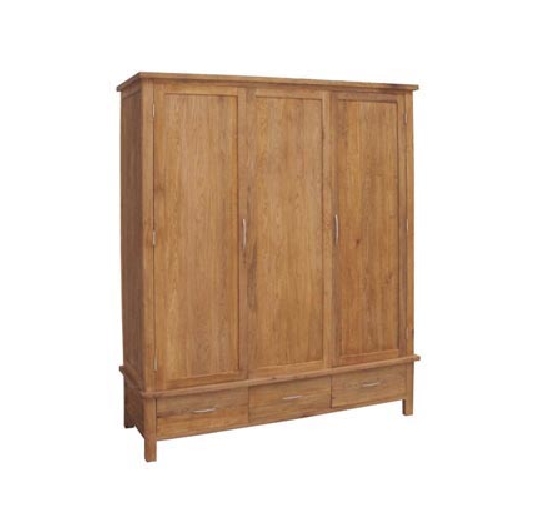The Crocodile, the Dog and the Wardrobe December 3, 2010
Author: Beach Combing | in : Modern , trackbackBeachcombing always enjoys the passion with which nineteenth-century naturalists captured and then observed their prey, from sugaring early gas lamps to taking out the rifle whenever a rare bird flew into their garden. He particularly enjoyed this passage (just sent in by a correspondent) from the works of that German polymath Alexander von Humboldt (1859), brother of the tiresome Wilhem von Humboldt.
Alex was – as we have seen in a previous post – always full of enthusiasm for the natural world and never more so than when he was in South America, ascending the Orinoco or on the island of Cuba.
On my second visit to Havana in 1804 I could not return to the Sienega of Batabano [muddy flats in western Cuba] and so I had the two species, called caymans and crocodiles, brought to me at great expense. Two crocodiles arrived alive. The eldest was four feet three inches long. They were captured with great difficulty and arrived on mules with their snouts muzzled and bound. They were lively and ferocious.
For Beachcombing this picture – the thrashing tales and the terrified beasts of burden – is already worth a year subscription to the Times, the paywall be damned. However, as any veteran of Humboldt’s wonderful adventures with crocodiles will know things can only get better.
As you read the following try to imagine the words coming out in Alex’s clipped, earnest German, as he speaks from the top of a colonial-era guardarropa.
In order to observe their habits and movements we placed them in a great hall, where, by climbing on a very high piece of furniture, we could see them attack great dogs. Having seen much of crocodiles during six months, on the Orinoco, the Rio Apure, and the Magdalena, we were glad to have another opportunity of observing their habits before our return to Europe. The animals sent to us from Batabano had the snout nearly as sharp as the crocodiles of the Orinoco and the Magdalena (Crocodilus acutus) their colour was dark-green on the back, and white below the belly, with yellow spots on the flanks. I counted, as in all the real crocodiles, thirty-eight teeth in the upper jaw, and thirty in the lower; in the former, the tenth and ninth; and in the latter, the first and fourth, were the largest. In the description made by M. Bonpland and myself, on the spot, we have expressly marked that the lower fourth tooth rises over the upper jaw…
Beachcombing hopes that the dogs had as much fun as Alex and M. Bonpland evidently did: that nonchalant ‘we have expressly marked that the lower fourth tooth rises over the upper jaw’ can only have meant that another of the poor Cuban strays was on its way to doggy heaven… His only question is how on earth our intrepid naturalists got off the wardrobe once their canine friends had been despatched?
Beachcombing is always on the look out for crazy naturalist stories. drbeachcombing AT yahoo DOT com
Thanks as always to Ricardo R! obrigadíssimo!!
***
4 Dec 2010: Some welcome obstructionism from Mathias B today – ‘maybe I’m being pedantic here but since Alex published his works on South America almost exclusively in French you would probably not have heard his ‘clipped, earnest German’. Mathias has got a point! Thanks Mathias!



